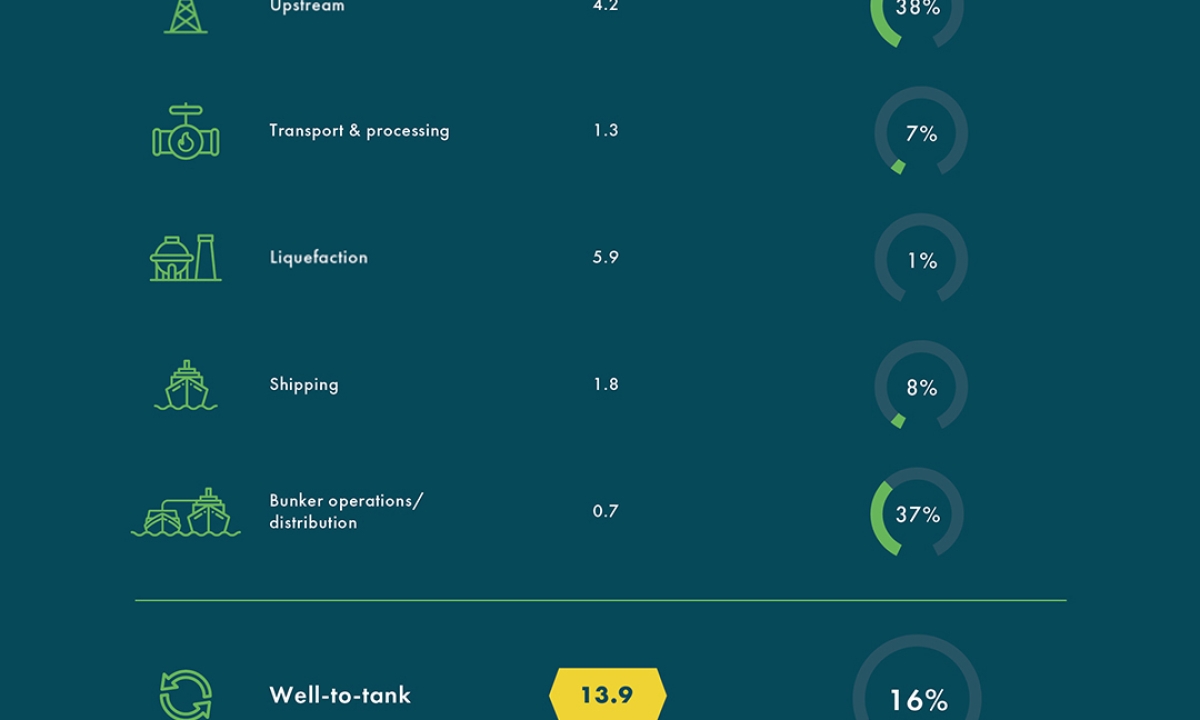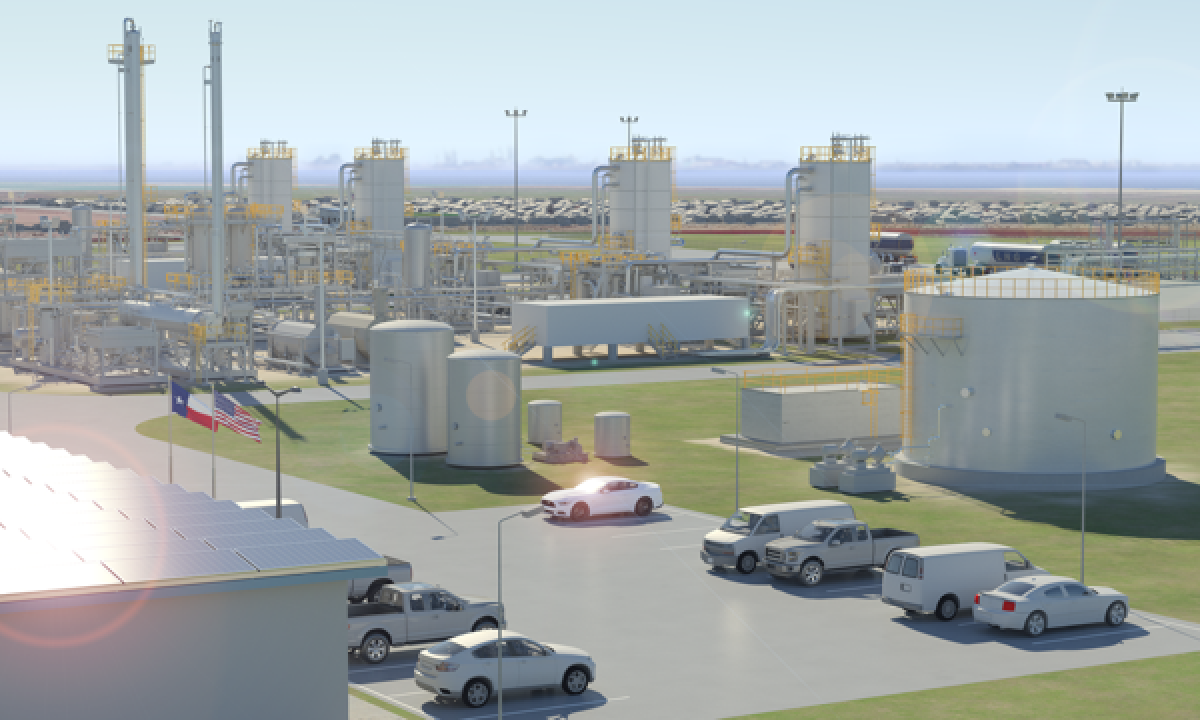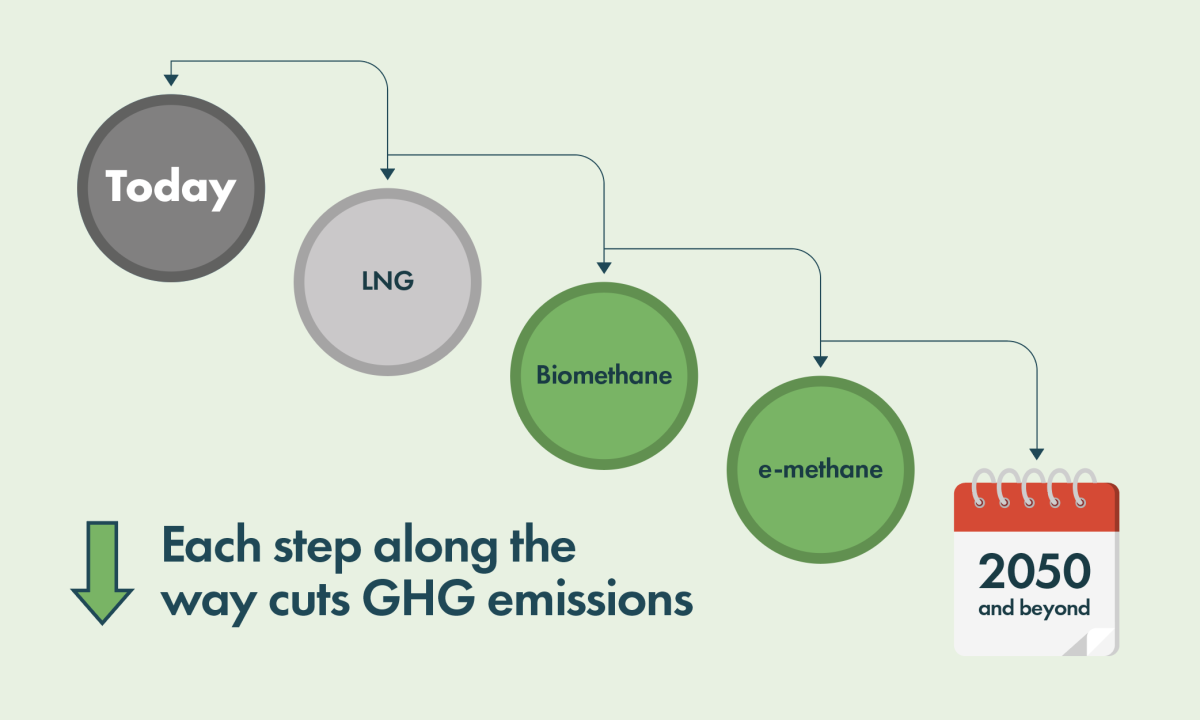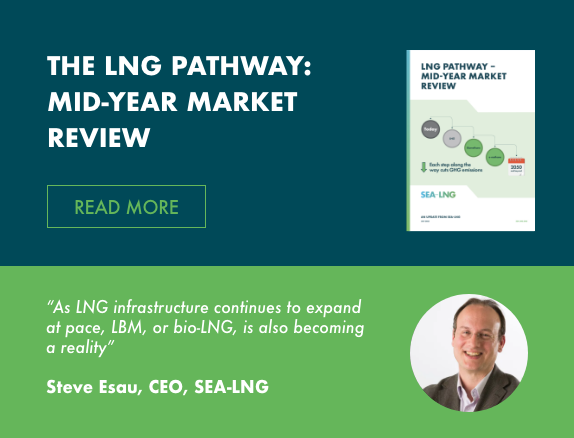28th November 2022
Safety on the pathway to decarbonisation

Seafarer safety must remain at the centre of the maritime industry’s decarbonisation journey. While all alternative marine fuels share a common pathway to decarbonisation, each one is at a different stage of development in terms of safety and has its own unique considerations. The “Maritime Just Transition Task Force” was formed at COP26 with the objective that the maritime industry’s solution to the climate emergency ensures a safe and human-centred approach by including seafarers and communities.
Despite challenges posed by its flammability and cryogenic nature, LNG has been shipped around the world for over 50 years without any major incidents at sea or in ports. This is thanks to adherence to international regulations put in place to enhance the safety of LNG handling. International Maritime Organization (IMO) International Code for the Construction and Equipment of Ships Carrying Liquefied Gases in Bulk (IGC Code), first adopted in 1983 with subsequent amendments in 1994 and 2014, has been uniformly applied to LNG carriers engaged in international voyages and provides international standards to minimise risks to ships, crew and the environment.
Specialised seafarer training requirements for the carriage of LNG have also been developed and play a major role in LNG’s strong safety record. For example, crew are extensively trained on routine and emergency operations. These training requirements have been widely accepted and implemented by Flag Administrations.
Seafarers’ experience with LNG and its robust operating frameworks mean that the LNG fuel pathway to decarbonisation can be adopted safely right now. Further, because much of this knowledge and these standards are identical for net-zero drop-in bioLNG and renewable synthetic e-LNG there are no additional safety requirements for these green variants.
International regulations pertaining to gas or other low flashpoint fuelled ships, specifically the IMO International Code of Safety for Ships Using Gases or Other Low-Flashpoint Fuels (IGF code), already offer prescriptive requirements for LNG as a marine fuel in part A-1 of the code. This is not yet the case for other alternative marine fuels such as hydrogen, ammonia and methanol. There are interim guidelines for the use of methyl and ethyl alcohol on ships, and the “alternate design” approach for other low-flashpoint fuels that requires approval of the Flag Administration upon demonstration of equivalence of the alternative design to meet the intent of the functional requirements and provide an equivalent level of safety.
Given the very different properties, and associated risks, of these other alternative fuels, it takes time to develop thorough, proven standards. The risks of hydrogen, ammonia and methanol are all specific and must be properly reviewed and codified. The reality is that it could take years to gain the operational experience and develop the skills and standards to safely use non-LNG related alternative fuels.
One of the major challenges that the maritime industry faces is a shortage of seafarers trained to use alternative fuels – and this is often overlooked. As the industry introduces other low and zero carbon fuels, ship managers will be busy finding appropriately trained and experienced crews.
The “Maritime Just Transition Task Force” secretariat commissioned a report outlining three decarbonisation scenarios to provide more insight into seafarer training and skills needed to support the decarbonisation of the maritime sector. All scenarios indicate an acute shortage of training infrastructure and the need to provide additional training to at least hundreds of thousands of seafarers up to 2050.
While it is still a challenge to find people with the appropriate training and experience for LNG-fuelled vessels, there has recently been strong progress on scaling up the availability of LNG-trained crew and this continues. There is now a strong network of well-established LNG fuel training institutes.
Mandatory minimum requirements for the familiarisation and training of masters, officers, ratings and other personnel on ships subject to the IGF Code are established by Regulation V/3 of The International Convention on Standards of Training, Certification and Watchkeeping for Seafarers (STCW) and detailed in Section A-V/3. While courses can be developed to train crews for other alternate fuels, it will take time and requires commercial incentives.
There is currently a strong orderbook for LNG-fuelled vessels. These vessel orders are expected to continue to increase further as bioLNG becomes more readily available and as emissions reductions requirements become more stringent. Therefore, seafarers trained for LNG ships will remain in high demand. The bottom line is that appropriate training of crew remains a barrier to the safe use of hydrogen, ammonia and methanol, while the LNG pathway has a first mover advantage.
By tracing alternative fuel pathways, we can measure the environmental impact, technology readiness, investments needed in ships, fuel production and supply infrastructure and the regulatory and safety requirements on a full lifecycle basis. Analysis must also measure the impact on all maritime stakeholders, from the engine room to the boardroom.
SEA-LNG’s general manager, Adi Aggarwal, has seven years’ experience as a seafarer onboard container ships. With this onboard experience, as well as his two decades of diverse global experience in the marine, offshore and subsea industries, Adi is well placed to answer any questions on alternative fuels safety. Get in touch here: https://sea-lng.org/contact-us/



